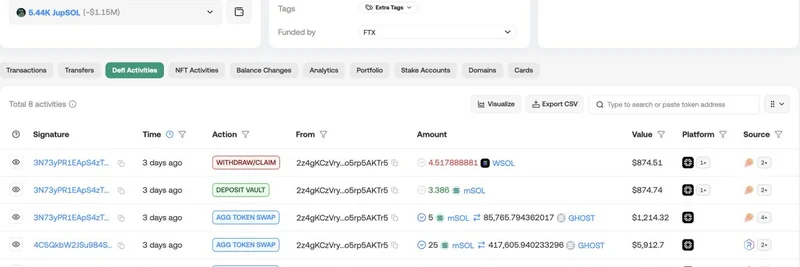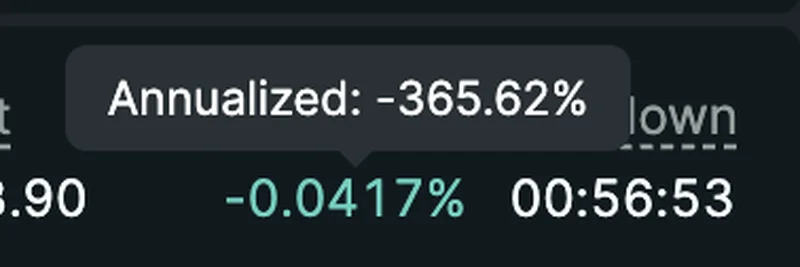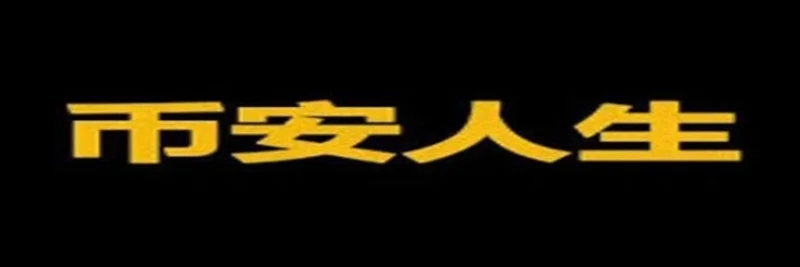If you’ve been keeping an eye on the crypto world, you might have stumbled across some exciting buzz around the Ice Open Network and its native token, $ION. A recent post from BSCNews on X dives into the innovative $ION token burns, explaining how this Layer-1 blockchain is shaking things up with a deflationary twist. Let’s break it down in a way that’s easy to digest, even if you’re new to the blockchain game!
What Are $ION Token Burns All About?
At its core, the $ION token burn is a clever mechanism designed to reduce the total supply of $ION tokens over time. Think of it like taking coins out of circulation to make the ones left behind more valuable—kind of like a rare collectible! This process is tied to the Ice Open Network’s unique economic model, which aims to link the token’s value to real-world usage rather than just hype or speculation.
The BSCNews post highlights that these burns happen in a “very unique way” across more than 20 blockchains. This isn’t your typical token burn where a project just destroys a chunk of coins and calls it a day. Instead, it’s built into the ecosystem’s framework, making every interaction count.
How Does the ION Framework Make This Work?
The secret sauce here is the ION Framework, a versatile toolkit that lets decentralized apps (dApps) operate across blockchains like Bitcoin, Ethereum, and Solana. Imagine it as a universal plug-in that any project can use, no matter where it’s hosted. When users perform actions like tipping creators or boosting posts, a small fee is collected. Here’s the cool part: 50% of that fee goes toward burning the project’s native token on its own chain, while the other 50% supports the Ice Open Network ecosystem. This dual-burn approach benefits both the host project and $ION itself.
For example, picture a gaming dApp on Solana where players tip their favorite streamers. Each tip triggers a fee, half of which burns the gaming token, and the other half fuels $ION rewards. It’s a win-win that keeps the ecosystem growing while making $ION scarcer over time.
Why Deflationary Tokens Matter
So, why go through all this trouble to burn tokens? The answer lies in the deflationary model. Unlike inflationary currencies where more coins are minted (think of it like printing more money), deflationary tokens like $ION aim to increase in value as their supply shrinks. This scarcity can attract investors who see long-term potential, especially in a market where over 11,800 coins are vying for attention.
The BSCNews post points to a detailed article (link to the article) that dives deeper into this. It explains how every interaction—whether it’s watching an ad or engaging with content—can trigger a burn. This turns passive use into a value-creating event, setting $ION apart from traditional social platforms.
Real-World Impact and Future Potential
The Ice Open Network isn’t just theorizing here. With its decentralized social platform Online+ nearing a public launch and over 70 partnerships in the bag, the network is already putting this model to the test. The ability to scale token burns across 20+ blockchains means $ION could become a key player in the Web3 space, challenging centralized giants by giving users more control over their digital interactions.
As staking features roll out and more dApps join the ecosystem, the deflationary pressure on $ION could intensify. More usage equals more burns, which could drive demand and value—especially if the crypto market continues its upward trend in 2025.
What This Means for Meme Token Enthusiasts
At Meme Insider, we love tracking how innovative token models like $ION’s burns could influence the meme coin space. While $ION isn’t a meme token itself, its deflationary design shares DNA with popular meme coins that use scarcity to boost hype (think Dogecoin or Shiba Inu in their early days). Blockchain practitioners and meme token creators might find inspiration here, blending utility with community-driven economics.
Final Thoughts
The BSCNews post opens a window into a fascinating experiment with $ION token burns on the Ice Open Network. Whether you’re a crypto newbie or a seasoned trader, this deflationary approach offers a fresh perspective on how blockchains can evolve. Keep an eye on this space—2025 might just be the year $ION proves its worth across the decentralized web!




